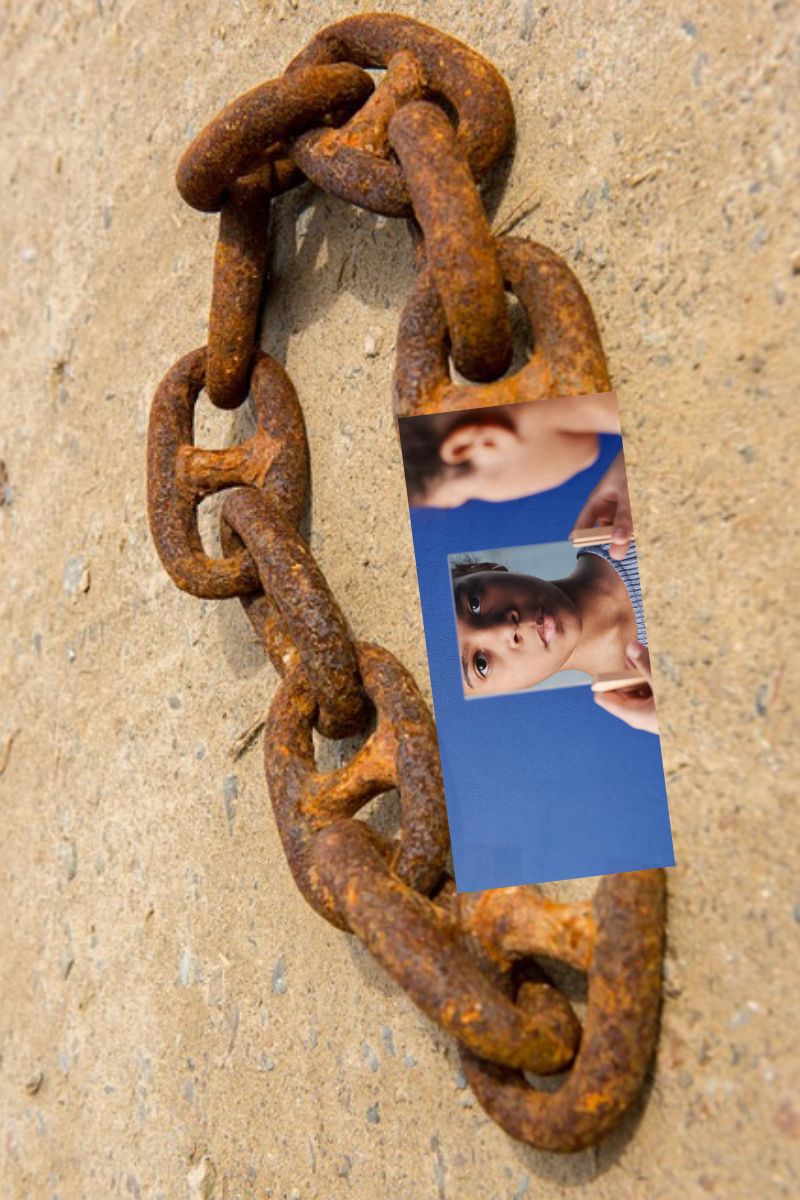Goal Setting: What if You are the Weakest Link?
Goal Setting: What if You are the Weakest Link?
So you’ve finally, and (hopefully) decisively, made up your mind, and now your goal is clear. However, did you know that no matter how good you are at what you have set out to do, your performance will most likely be sub-optimal? The Theory of Constraints, developed by Dr. Eli Godratt (1984), attempts to explain this for us. Essentially Dr. Godratt is saying what we’ve heard from our youth, “A chain is as strong as its weakest link.” When a business or an individual sets out to accomplish a goal, constraints are bound to show up.
Constraints in an organization may relate to people, supplies, information, equipment, or policies. They may be tangible and intangible (e.g. organizational culture) and may also be internal or external to an organization. Constraints on a personal level may involve skills, knowledge, attitudes, people, finances, tools/equipment, and environment (e.g. domestic, geographical, national, global factors). Similar to organizations, personal constraints may be tangible or intangible, and internal or external.
If we look at constraints as a way of highlighting weaknesses or vulnerabilities, then there may be several such factors relevant to your particular goal. However, in the Theory of Constraints, there can only be one (1) constraint at a time. The weakest link. In other words, the theory focuses on the factor that causes the…greatest… vulnerability or threat to the achievement of your goal. It is instructive to understand and remember, that it is the weakest link that sets the pace of your progress towards achieving your goal.
Therefore, your goal setting activity must include up front, the identification of your constraints, and careful analysis on your part of which of them represents your weakest link. If you wish to increase the likelihood of achieving your goal, then once you identify the constraint, you must manage it. That means take action to completely eliminate it, if that is possible. Realistically, not everything is within our power to eliminate. Therefore, the constraint we cannot eliminate, we must manage well. After you have implemented your strategy to manage your constraint, you should do an evaluation to determine whether your progress towards your goal has improved. If there is no improvement, then adjust your strategy and do another evaluation, and repeat this process until you effectively manage the constraint. When you manage your constraint, expect that your progress towards achieving your goal will speed up. It is now time to determine what is your next weakest link, then take action to manage it, and so on.
It is very likely that, many persons have aborted, as well as still-born goals, in their personal and professional history. This is not because the goal was intrinsically impossible. This is not because they themselves were no match for the goal. It may simply be a case of setting a worthy goal, becoming distracted and enamored with the idea of accomplishing the goal, and the positive changes that it will bring. However, they didn’t do the hard work of considering the disabling factors which may get in their way. The next thing is, reality strikes at the most inconvenient time. Then they lose their self-confidence, and energy, and motivation towards realizing their vision for their lives. With that, self-doubt, fear and hesitation increases. Defeat takes over.
Goals help us keep focus, to bring into our lives, the things we value most. Yet we must use an effective process for setting goals, if we are to achieve them and develop our lives in the way we desire and deserve.
Have you aborted a goal because you were hi-jacked by a constraint you didn’t pay early attention to?
Did you miscalculate which constraint represented your weakest link?
Remember the constraint can be internal or external. Interestingly, some experts argue based on the Pareto Principle that most of our constraints are internal. Here are some self-reflection questions which highlight internal constraints.
Do you cultivate a mindset of limiting beliefs?
Do you suffer from procrastination or indecisiveness?
Do you typically jump into things without careful analysis and reflection?
Do you properly plan concerning others but poorly plan for yourself?
Do you avoid asking for help from family, friends, colleagues or experts?
You owe it to yourself to live your life fully, by making your best effort to achieve your personal and professional goals. You can do this by examining what’s holding you back in any or every area of your life. Begin by crafting a plan. Then take action to eliminate the constraint, even if you discover that it is you who are standing in your own way.
References
Godratt’s Theory of Constraint (Parts 1 of 3)
http://www.brighthubpm.com/project-planning/4088-goldratts-theory-of-constraints-part-one/
The Theory of Constraints
https://www.mindtools.com/an7g1b9/the-theory-of-constraints
Living Without Limits
https://www.briantracy.com/blog/personal-success/living-without-limits/
TAKING ACTION ON YOUR GOALS
If you would welcome support in clarifying your personal &/or professional goals, and creating a written strategy to achieve your goal(s), while having an encourager on your team as you action your goal, I look forward to working with you. Please call/message me today cell: 876-357-6397 or email cheryll@youinmindjamaica.com
ABOUT CHERYLL MESSAM
Cheryll Messam, is a Personal & Professional Development Consultant, Life & Career Coach, Professional Resume Writer and LinkedIn Profile Writer. Through coaching, consultations, and training opportunities, Coach Cheryll supports Professionals who wish to set and accomplish realistic goals or master or eliminate challenging workplace, interpersonal, productivity, self-confidence, and career issues.
Learn more about Coach Cheryll at her You in Mind Jamaica website and connect with her on LinkedIn | Instagram | Facebook and Twitter


